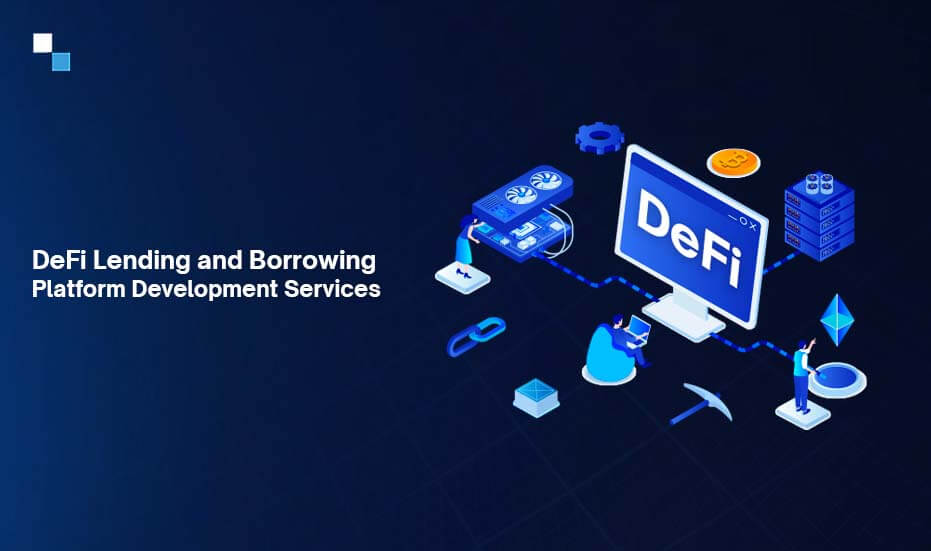The world of finance is undergoing a dramatic transformation, thanks to decentralized finance (DeFi). DeFi lending platforms have become a cornerstone of this evolution; they offer users the ability to borrow, lend, and earn in a trustless, decentralized environment. If you’re eager to dive into the DeFi space and embark on your DeFi lending platform development journey, here’s a step-by-step guide to help you get started.
1. Define Your Vision:
Before diving into development, it’s crucial to have a clear vision. Determine the core features you want to offer, the target audience you wish to serve, and the lending assets you intend to support.
2. Market Research:
Conduct comprehensive market research to understand your competition, identify gaps, and discover potential opportunities in the DeFi lending space. Understanding user needs is key.
3. Legal Considerations:
Be aware of the regulatory landscape in your jurisdiction. DeFi platforms may face legal challenges, and compliance is essential to operating within the boundaries of the law.
4. Choose the Right Blockchain:
Select the blockchain network that aligns with your project. Ethereum is a popular choice for DeFi platforms, thanks to its robust ecosystem and smart contract capabilities.
5. Smart Contract Development:
Develop secure and efficient smart contracts for lending and borrowing. Smart contracts are the heart of your DeFi lending platform, ensuring trust and automation.
6. User-Friendly Design:
Craft an intuitive and appealing user interface (UI/UX) to provide an excellent user experience. Users should find your platform easy to navigate and use.
7. Platform Development:
Create the backend and frontend of your platform. Make sure to integrate it with the chosen blockchain network through Application Programming Interfaces (APIs). You should be clear about the DeFi lending protocol.
8. Rigorous Testing:
Test your platform rigorously to ensure it functions as expected. Security, functionality, and performance are top priorities.
9. Security Audits:
Engage third-party security auditors to assess your platform’s vulnerabilities and ensure it’s hacker-resistant.
10. Deployment:
Deploy your DeFi lending platform on the chosen blockchain network, making it accessible to users.
11. Wallet Integration:
Allow users to connect their wallets securely to your platform, enabling them to transact with ease.
12. Liquidity Pool Setup:
Create liquidity pools for users to deposit and borrow assets. Properly manage these pools to ensure efficient lending and borrowing.
13. Interest Rate Algorithms:
Implement algorithms for dynamic interest rate calculations, offering users competitive rates while maintaining the platform’s stability.
14. Risk Management:
Develop mechanisms to handle liquidations, minimize the risk of default, and protect the interests of both borrowers and lenders.
15. User Onboarding and Support:
Create a smooth user onboarding process and offer responsive customer support to assist users.
16. Launch and Marketing:
Launch your platform and execute marketing strategies to attract the initial user base. Community engagement and partnerships can be valuable.
17. User Education:
Provide users with educational materials, guides, and resources to help them navigate your platform effectively.
18. Ongoing Updates and Maintenance:
Continuous improvement and security updates are vital for maintaining a reliable and trustworthy DeFi lending platform.
19. Community Building:
Engage with your user community, gather feedback, and build a loyal following.
20. Scaling Plans:
Plan for scaling your platform to accommodate a growing user base as your DeFi lending ecosystem expands.
Original Source: https://defidevelopmentservices.wordpress.com/2023/10/24/a-step-by-step-guide-to-defi-lending-platform-development/






Comments